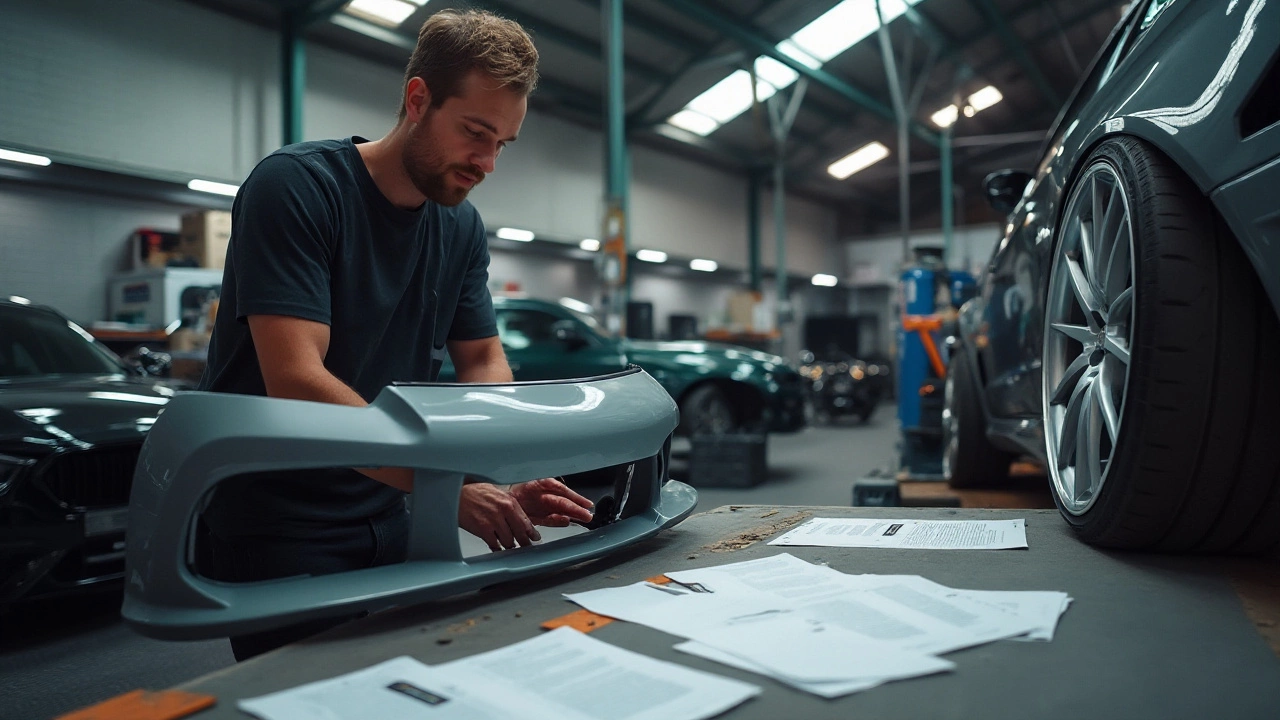Car Laws Explained – What Every Driver Should Know
If you love tweaking your ride, you’ve probably wondered which changes are legal. The good news is most rules are simple, and you can stay compliant without giving up style. Below we break down the top car‑related laws that affect everyday drivers and gearheads alike.
Noise, Exhausts, and Loud Mods
A roaring exhaust can turn heads, but it can also land you a ticket. Most UK regions limit decibel levels to around 80 dB at 7.5 metres from the vehicle. If you’re thinking about a resonator delete or an aftermarket muffler, check the local noise ordinance first. Police typically measure noise with a handheld meter, and fines can range from £80 to £400. The safest route is to pick a muffler that’s street‑legal and meets the required dB rating.
Window Tint, Roof Racks, and Other Visible Changes
Window tinting is a popular way to keep the cabin cool, but the law sets clear limits. In England, the front windshield may only have a strip of tint at the top, while the front side windows must let at least 70% of light through. Rear windows can be darker, but you still need side mirrors that give a clear view. If you breach these limits, you’ll face a fine and may have to replace the tint.
Adding a roof rack counts as a vehicle modification in many cases. Most insurers treat it as a “change to the vehicle” and may adjust your premium. The key rule is that the rack must be securely mounted and not extend beyond the vehicle’s overall width without proper marking. Failure to follow the guidelines can lead to a registration penalty.
Other common mods like lowering springs, wheel spacers, or custom seats have their own set of rules. Lowering a car too much can affect steering geometry and may violate safety standards if the ride height falls below the manufacturer’s specifications. Wheel spacers are legal if they’re the correct size for your wheel bolts and don’t interfere with the brake system. Custom seats must still meet crash‑test standards; a DIY seat that isn’t approved could void your insurance.
In short, the easiest way to avoid fines is to check the official guidelines before you buy or install anything. Most local council websites publish detailed charts for noise limits, tint percentages, and modification approvals. When in doubt, call your insurer or a professional installer – they’ll know the exact rules for your area.
Staying legal doesn’t have to mean sacrificing personality. Many manufacturers now produce performance parts that are already vetted for compliance. By choosing those, you get the look you want without risking a ticket. Keep a copy of any certification paperwork in your glove box – it’s useful if you’re ever pulled over.
Remember, the goal of car laws is to keep everyone safe on the road. Understanding the basics helps you make smarter choices and enjoy your ride without interruptions. So before you hit the garage, take a minute to verify that your planned changes meet the legal standards. It’s a small step that saves time, money, and headaches later on.
Car enthusiasts often explore vehicle modifications to express their unique styles and enhance performance. In the United States, modifying a car with body kits can bring about legal considerations that vary from state to state. This article delves into the legality surrounding such modifications, exploring aesthetic and functional enhancements. It also highlights helpful tips for drivers who aim to stay compliant with laws while personalizing their vehicles.

